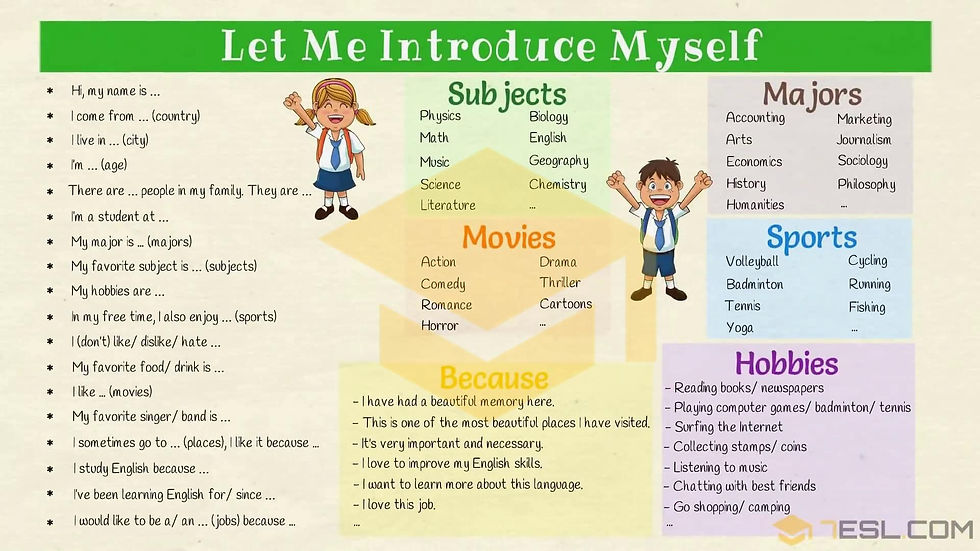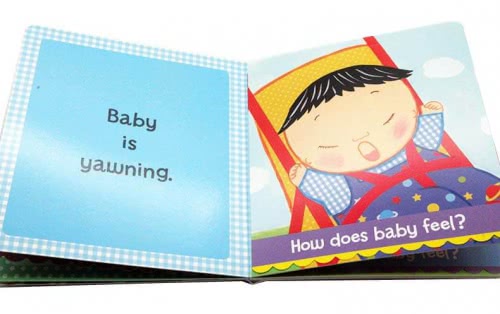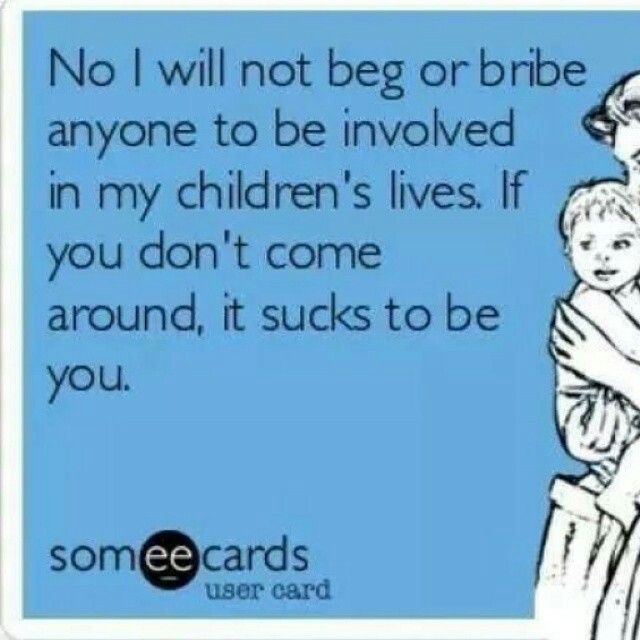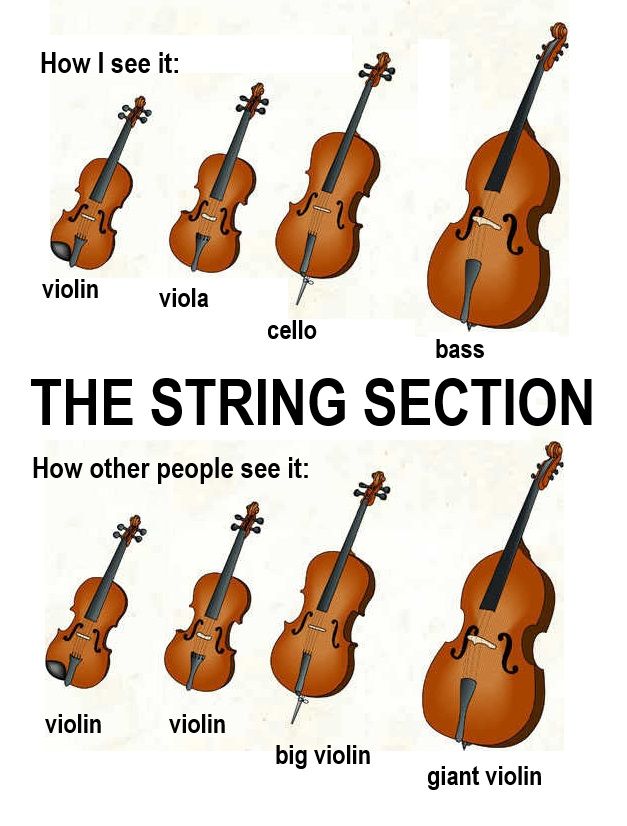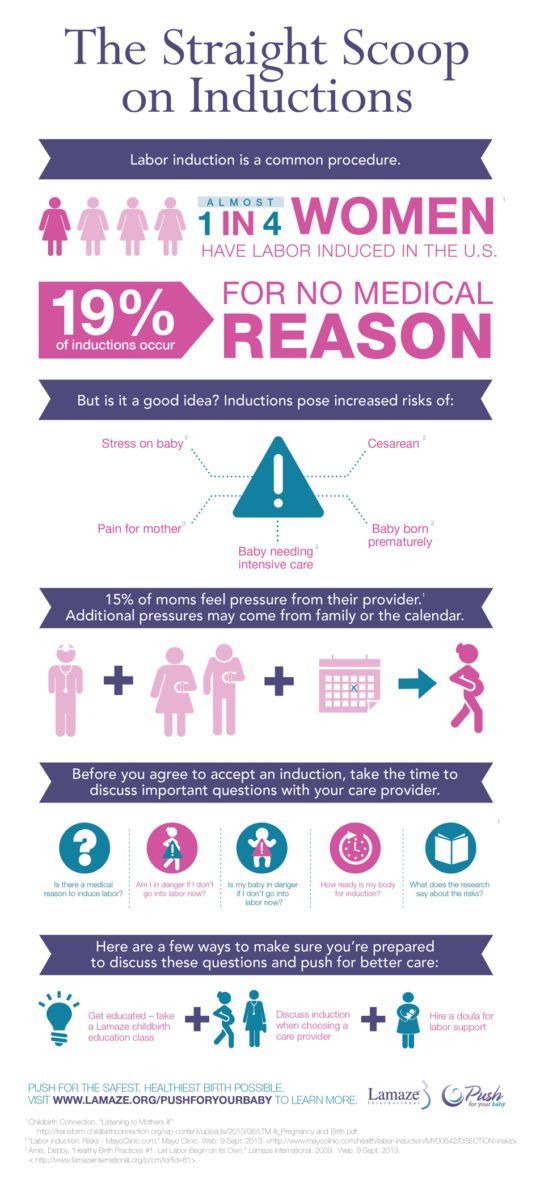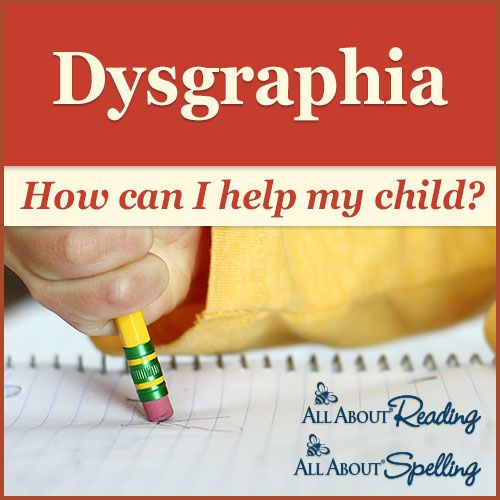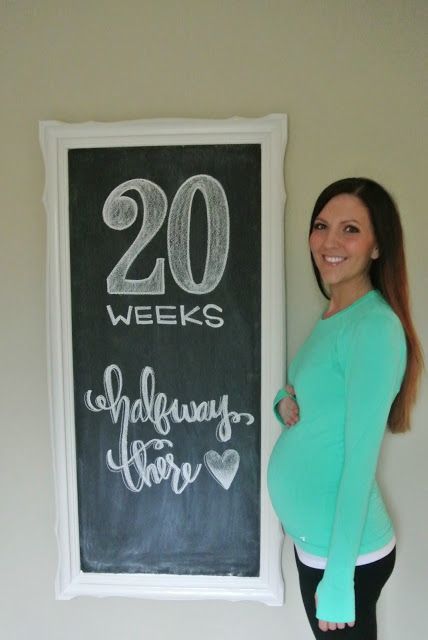How to clear child speech
THREE WAYS TO HELP YOUR CHILD SPEAK MORE CLEARLY AND BE BETTER UNDERSTOOD — Voice Culture Speech Therapy
Have you ever been surprised when a relative or friend asks you to interpret what your child is saying?
It’s expected of all children that they will make mistakes as they learn to talk. And every child develops at different rates. In fact, each sound has a different age range attached to it.
But if your child continues to make mistakes with their speech, particularly when other children their age are speaking clearly, they may have a Speech Sound Disorder (SSD).
There are two types of Speech Sound DisordersArticulation or making the sound.
This is where particular sounds are substituted, left off, added or changed. For example, ‘w’ for ‘r’ or ‘nana’ for ‘banana.Phonological processes or the sound pattern.
This is when all particular sounds are said differently.For example substituting sounds made in the back of the mouth, ‘k’ or ‘g’ for the front, ‘t’ or ‘d’. So, ‘cup’ would become ‘tup’ or ‘go’ becomes ‘do’. About 75% of children will be able to make these sounds by the time they are three.
It’s really important to remember that when your child produces wrong sounds they aren’t being lazy or naughty. You help them to correct errors in their speech. How?…With these useful tips.
Naturally in conversation
For example if your child says, “I see a bish!” you can emphasise the correct pronunciation by saying, “Wow! What a big fish”. Don’t expect your child to repeat the word or produce the correct sound right there and then. Instead continue modelling the correct pronunciation so that your child can begin to hear the difference.
Practicing sounds
The more sounds are practised the clearer they will be in speech. Exaggerate both the sound and your facial expression to give a clear model for your child to copy.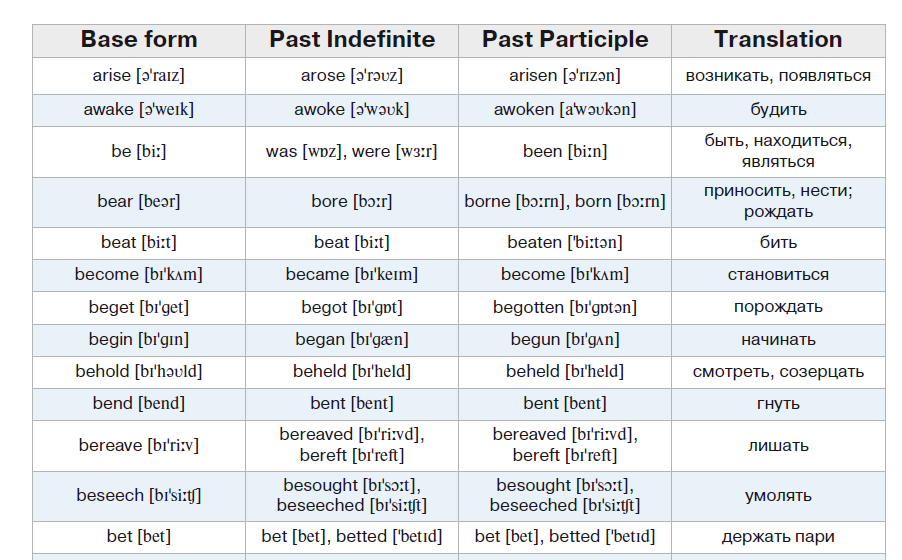 But remember to make the sounds not the letter. For example, ‘mmm’ not ‘em’.
But remember to make the sounds not the letter. For example, ‘mmm’ not ‘em’.
Reinforce the correct sounds by making it fun
Below are some fun ways to reinforce sounds.
B The boat goes ‘bbb’ as it chugs along
The ball goes bbb bounce
Play peek-a-boo so your child focuses on saying ‘boo’
P Make a paper person bend by whispering a ‘p’ sound
M Things that taste good are ‘mmmm’
T Practice being a ‘ttt; ticking clock
D Play a pretend drum and make the sound ‘ddd’
F Imitate rabbit teeth and make the sound ‘fff’
V Noisy planes or cars go ‘vvvv’
It may be helpful to have your child assessed by a Speech Language Therapist who will be able to help your child learn how to create and differentiate between sounds.
If you are concerned about your child’s speech, contact us for a speech language therapy assessment.
Alison Owen
Speech Language Therapist
Voice Culture Ltd
6 Ways to Help Your Child Speak Clearly
What’s the big trick behind being able to speak clearly? Being able to hear other people speak clearly.
When your child hears someone speak, they’ll use this as a model for correct speech. Then, when they speak, they’ll listen to themselves and compare the way they sound to how they hear other people speaking. If they sound the same, your child will know they are speaking correctly. If the speech sounds don’t match up, your child will try again until they do.
A Rule of Thumb
Children will master some sounds earlier than others. In general, here’s an easy rule of thumb for gauging how well they are developing1:
- By age 2, someone unfamiliar with their voice should understand about 50% of what they say
- By age 3, someone unfamiliar with their voice should understand about 75% of what they say
- By age 4, someone unfamiliar with their voice should understand about 100% of what they say
This doesn’t mean that they’ll be speaking clearly with 100% accuracy—a child who’s 4 will still typically make some errors when they’re speaking—but we should be able to understand what they are saying.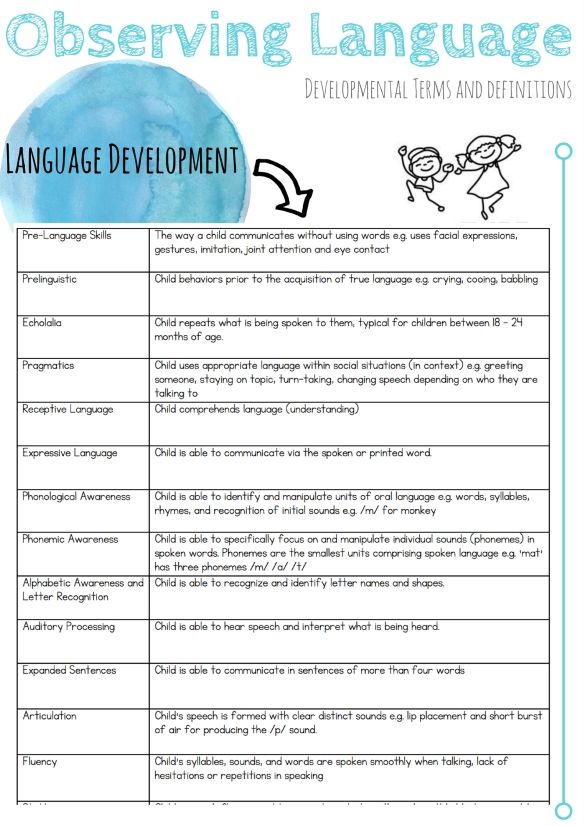
Speaking with Hearing Loss
For a child with hearing loss, there are many factors that influence how they develop speech. For example, this could be: their level of hearing loss; how long they’ve had a hearing aid or cochlear implant; when they started using it and how often they have been wearing it; what kinds of rehabilitation they’re doing; etc.
While some of these factors are out of your control, use these six techniques to help your child develop the listening skills they need to speak clearly.
1. Talk More
Be more talkative. Talk about what you’re doing, what your child is doing, what you’re feeling and thinking, and what you think your child is feeling and thinking.
The more your child hears you speak words correctly, the better they’ll know how to pronounce them correctly.
2. Get Close to Your Child
When you talk with your child, get on their level. Move in close, lean or kneel down so that you’re close to them and their audio processor.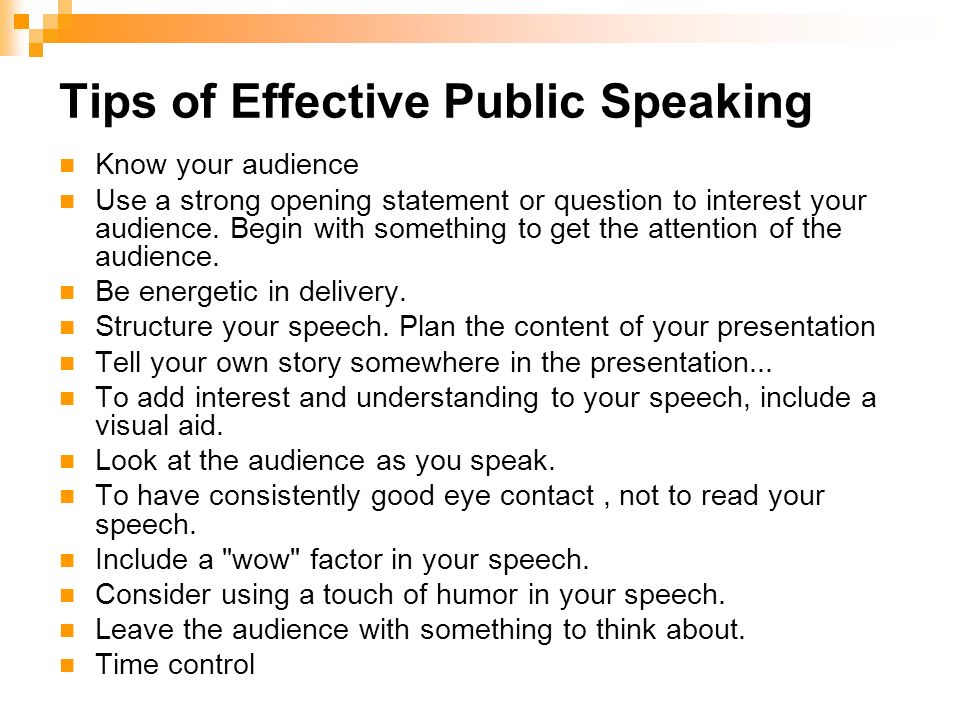
By getting closer, you’re making it easier for your child to hear you. It makes your speech stand out from the background noise. This way, your child will be able to clearly hear the details of your speech sounds.
3. Listening First
Talk first, before you show or do something. This will help your child develop their listening skills by listening to your speech. Add in visual cues to help your child understand only after your child has had a chance to listen to the information. This helps your child develop the auditory area of their brain, which is what they’ll use when monitoring their own speech.
4. Acoustic Highlighting
Acoustic highlighting is emphasizing words so that they stand out. If there are words or sounds your child is working on, you can highlight them by saying them slightly louder or slightly slower than the other words, or using a ‘sing-song’ voice when saying them.
This helps your child to focus on the specific word or the specific sound in the word.
5. Ask Questions with Choices
Ask questions that have multiple options. For example, if you’re focusing on developing a particular sound, like /g/, you could say “Do you want to go to the park, or go to grandma’s?”
This gives you the chance to repeat certain words targeting the particular sound, so your child has two chances to hear it and a chance to practice saying it..
6. Cause a Dilemma
Create a situation where your child has to come to you and tell you something. For example, you could put one of their favorite toys out of reach.
This gives your child the chance to tell you something on their own. And, it gives you the chance to either reinforce what they’ve said—if they said it correctly, or repeat it back to them correctly—if they haven’t.
This post was written with help from Rebecca Claridge, a speech and language pathologist.
Have you heard about SONNET 2? Discover how our latest cochlear implant audio processor is made for you.
Check out more rehabilitation resources on the MED-EL website.
Subscribe to the MED-EL blog for more great tips like this, sent straight to your inbox every week!
References
- Coplan, J., Gleason, J.R. (1988) Unclear speech: recognition and significance of unintelligible speech in preschool children. Pediatrics. 82(3 Pt 2):447-52.
- Ertmer, D.J., Goffman, L. A. (2011.) Speech Production Accuracy and Variability in Young Cochlear Implant Recipients: Comparisons with Typically Developing Age-peers. Journal of Speech Language and Hearing Research. February; 54(1):177–189
- Fulcher, A., Baker, E., Purcell, A. & Munro, N. (2014). Typical consonant cluster acquisition in auditory-verbal children with early-identifies severe/profound hearing loss. International Journal of Speech-Language Pathology. 16(1):69-81
- McLeod, S. & Bliele, K. (2003). Neurological and developmental foundation of speech acquisition.
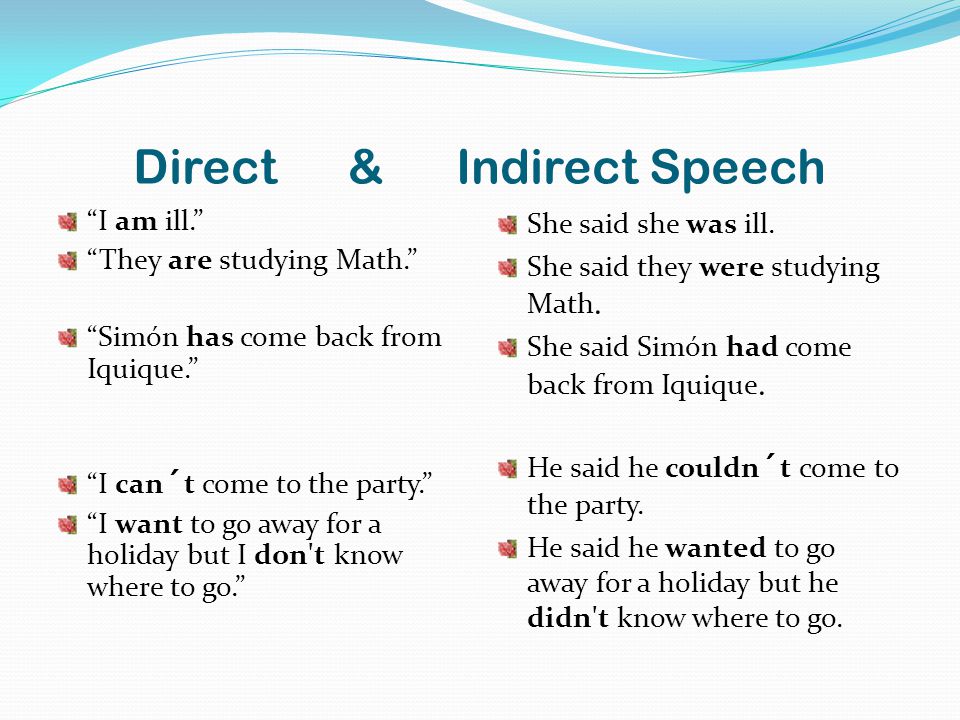 American Speech-Language –Hearing Association Convention : Invited seminar presentation. Chicago.
American Speech-Language –Hearing Association Convention : Invited seminar presentation. Chicago.
child, Cochlear implant, language, MED-EL Voices, parent, Rebecca Claridge, recipient, rehab, rehabilitation, speaking
Donna Sperandio
Donna Sperandio is a Listening and Spoken Language Specialist who currently works as Head of Rehabilitation for MED-EL. She has worked for twenty years in clinical rehabilitation positions in Australasia and the UK, and has trained rehabilitation specialists around the world.
Recommended Posts
Rehab at Home for Adults: Understanding Speech From Far Away
Rehab at Home for Adults: Understanding Conversation While in the Car
Rehab at Home for Adults: Understanding Conversations in Social Situations
How to develop a child's speech.
 From birth to three years.
From birth to three years. April 24
How to develop a child's speech. From birth to three years.
Many parents believe that before their child utters the first words (and this usually happens at the age of about a year), it is useless to talk to him, because he, they say, still does not understand anything and still cannot learn anything. Nevertheless, “obscure sounds” are already the formation of speech, and it begins long before the first words appear. And already at this, the very first stage, the main function of speech is clearly visible - communication. nine0009 Teaching a child to speak consists mainly of how you speak to the child and how you explain to him with the help of words various actions and manifestations. The child gets acquainted with the things that you name him. And if you want to develop his speech, then you and your environment must verbalize, i.e. to translate into words, to explain in words the various actions that he performs.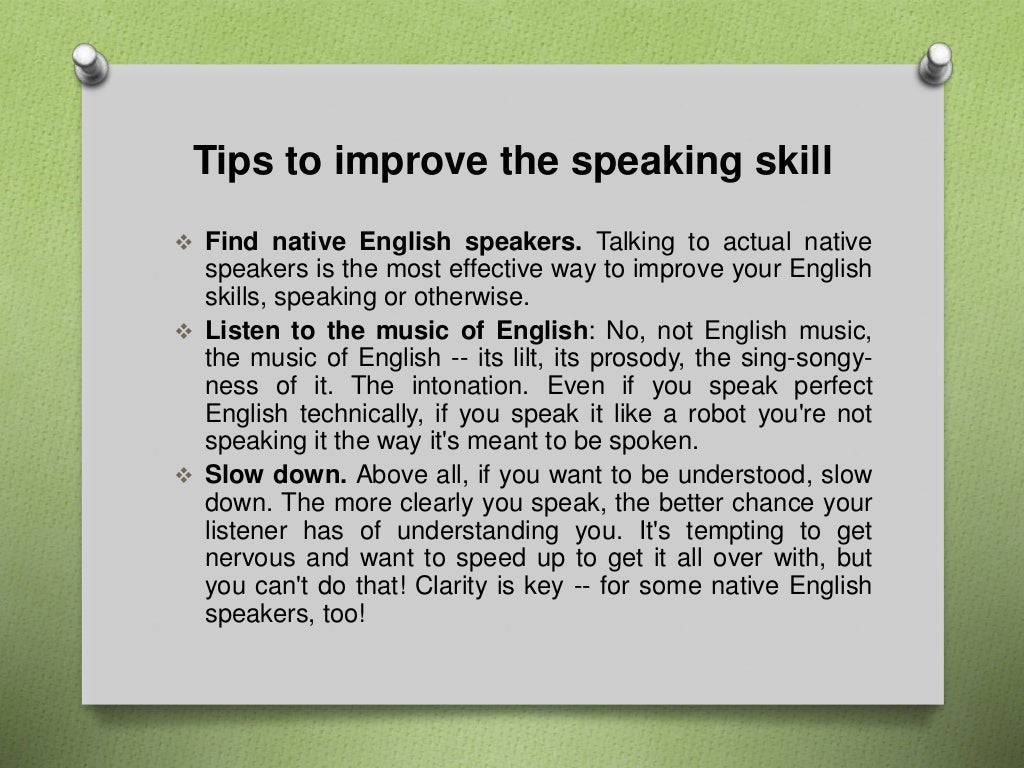
0 to 1 month
Hearing and vision of newborns work from the first days of life. If you drop something with a crash, the child will wrinkle and cry. Offer the baby interesting objects to look at, and by about the tenth day of life, he will follow the moving toy with his eyes. Above the crib, strengthen something that sounds, if the baby accidentally touches the toy with a pen, the sound will attract his attention. Leave the child's hands free, because for development it is very important to study your hands, to watch how they move. nine0003
Remember that a child receives all knowledge about the world around him by observing and communicating with you. Do not leave him alone for a long time and do not be a silent mother. Be sure to hug your baby, stroke the back, tummy, arms, legs, let him feel your love.
1 to 2 months
Try to communicate with your baby as much as possible. Speak affectionately, calmly, smile and try to interest the child in your speech. For him at this age, not so much words are important as intonation, facial expressions and gestures. Your baby will quickly figure out that you can get attention by shouting. And you, having determined by crying what is bothering the child, say what you are doing: “You are hungry, now we will eat”, “You are wet, now we will change your diaper”, etc. nine0003
For him at this age, not so much words are important as intonation, facial expressions and gestures. Your baby will quickly figure out that you can get attention by shouting. And you, having determined by crying what is bothering the child, say what you are doing: “You are hungry, now we will eat”, “You are wet, now we will change your diaper”, etc. nine0003
2 to 3 months
Now the toys that have fallen into the field of view of the child, he examines carefully. Try to catch what the child's eyes fell on and name this object to him. Give your baby as many opportunities as possible to hear your speech and try to repeat it. Coo, talk, repeat the sounds uttered by the little man, and be sure to smile at the same time. When you hear the child hoot, answer him, let him know that you hear, understand that you like the sounds the child makes. Take a rattle and rattle it, move it so that the child can see it. He will follow her with his eyes, and when you put her in his hands, he will grab her tightly and try to shake her.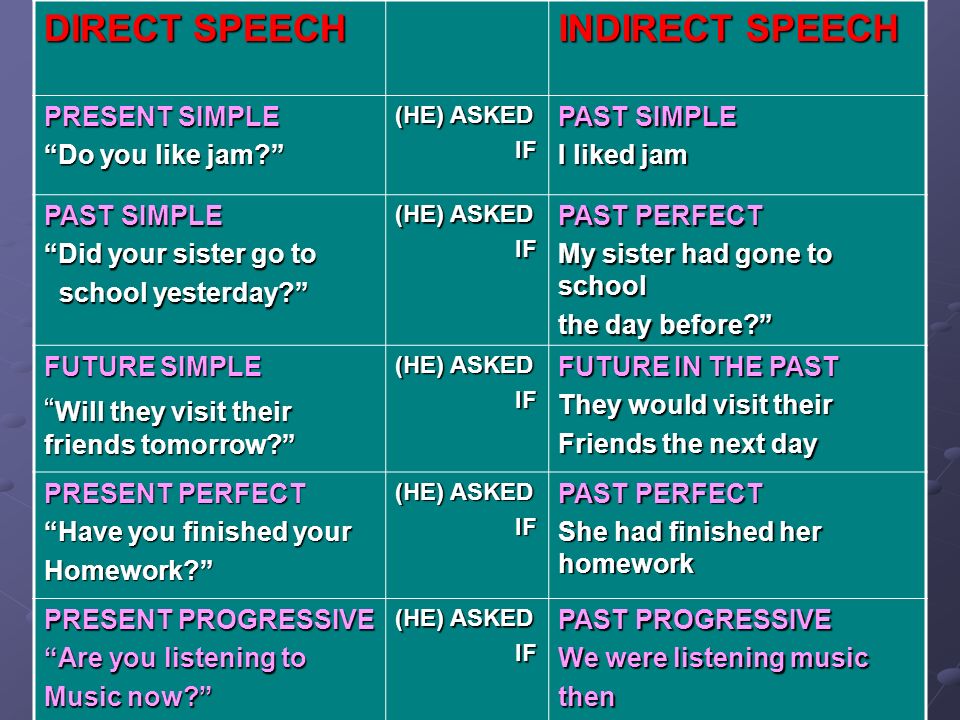 nine0003
nine0003
3 to 4 months
Now the baby is looking at you completely meaningfully (up to three to four months, the vision of newborns is considered underdeveloped). You smile at him, and he smiles back at you, he even already knows how to laugh loudly and cheerfully. When you put the baby on his tummy, he holds his head well and for a long time, which means that the view also increases. Lay out various objects in front of him, giving him the opportunity to carefully examine them, and do not forget to explain everything to the child. Name and pronounce everything that the child does and everything that you do. At this age, the baby becomes very active, rolls over on his own, carefully looks at moving toys and is well guided by the voice. When talking with him, move away and bring your face closer, deviate to the side, move away so that he does not see you, but only hears you. nine0003
When playing with your child, use no more than two toys at a time. First of all, let the baby see the toy, move it around him, touch the baby with it, hide it, let the child try to find it by sound.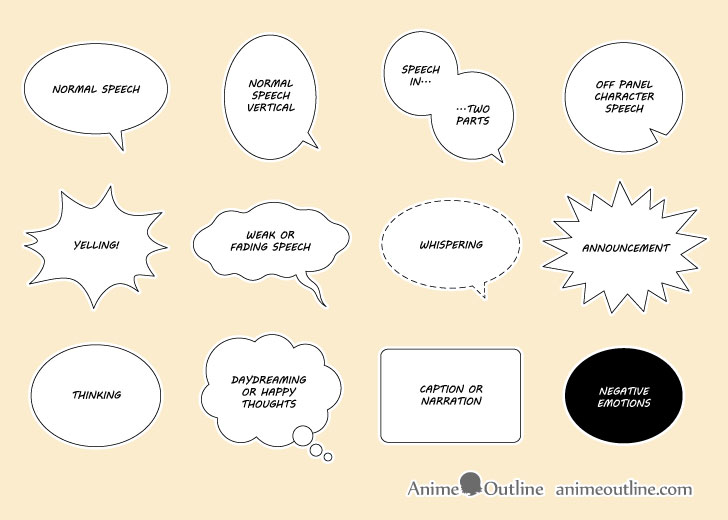 You can hang toys above the crib that are easy to grab, they should be bright, simple and safe.
You can hang toys above the crib that are easy to grab, they should be bright, simple and safe.
At three months it's time to start playing the "horned goat":
There is a horned goat,
For the little guys,
I gore, I gore, I gore. nine0009 The child will laugh merrily at the approach of a formidable two-fingered horned goat.
4 to 5 months
At four months, the child begins to walk. When you hear a hum, be sure to answer it.
Now it's time for some simple language exercises. Sitting in front of the baby, stick out your tongue, puff out your cheeks, lick your lips and sing different sounds, let him imitate you. When the child squeezes the toy in his fist, try to pretend to take it away, saying: "That's how tight you hold the toy, well done! Now give it to me," etc. nine0003
Place toys where the child can reach them. At first, you can help him by slightly moving the toy, while encouraging the baby to reach for it himself. In the future, try to get the child to get an interesting object on his own. Your baby will try to put everything in his mouth, do not interfere with this, because this is an important stage in the study of objects. Just make sure that there are no small parts that can be swallowed and that all items are clean.
In the future, try to get the child to get an interesting object on his own. Your baby will try to put everything in his mouth, do not interfere with this, because this is an important stage in the study of objects. Just make sure that there are no small parts that can be swallowed and that all items are clean.
Talk to your baby more and more often, saying everything you and your baby do. At the same time, try to diversify the intonation with which you speak.
5 to 6 months
Now your baby can listen to melodious music with pleasure. Let the music be heard now closer, then farther, sounds now to the right, then to the left. A five-month-old baby is very interested in musical toys. He carefully feels them, shakes them and examines them with interest, bringing them to his face. Offer him sounding toys of varying degrees of volume. Imperceptibly move away the toy that interests the baby, stimulating the child to crawl after it. nine0009 Do not forget to discuss with the baby everything that is happening around. The child does not yet understand the words, but the tone in which they are pronounced catches excellently. Therefore, talk to him affectionately and calmly, smile at him more often.
The child does not yet understand the words, but the tone in which they are pronounced catches excellently. Therefore, talk to him affectionately and calmly, smile at him more often.
Also now is the time to start playing hide and seek. You cover your face with your palms and ask the child: “Where am I?”, And opening your face with the words “Ku-ku” (or “Here I am!”), While smiling broadly. You can diversify the game by hiding behind different pieces of furniture, and appearing from there, saying "And here I am." nine0003
6 to 7 months
At six months, the child begins to repeat individual syllables, having heard this, repeat after him and finish the word, for example, "ma-ma, ba-ba." Talk more with the baby, let him imitate you as much as possible, listen to your speech. It is imitation that develops the mobility of the lips and tongue, and the child develops the skill to respond to your words.
A six-month-old child already plays well with toys, and when a toy falls, he begins to look for it, to reach for it.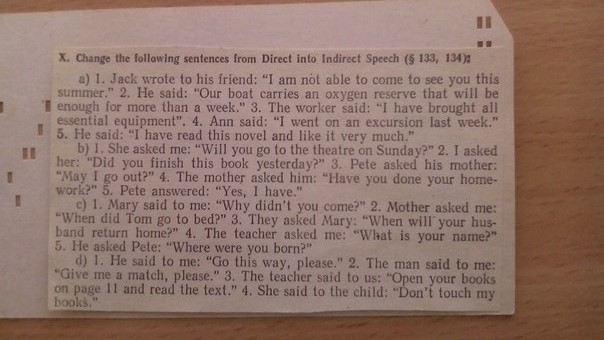 Help the baby while saying: "Where is our dog? The dog has fallen, now we will pick it up. Here is the dog, take the dog." Now the child is attracted to toys where something changes, moves or is taken out. nine0009 Leave the baby alone for a while, let him try to occupy himself. This will teach him to focus and begin to teach him to be independent.
Help the baby while saying: "Where is our dog? The dog has fallen, now we will pick it up. Here is the dog, take the dog." Now the child is attracted to toys where something changes, moves or is taken out. nine0009 Leave the baby alone for a while, let him try to occupy himself. This will teach him to focus and begin to teach him to be independent.
7 to 8 months
Your child has become more active, he no longer drops toys, but tries to throw them. Why swing a rattle, it is better to knock it with all your might on something. Try to speak slowly with the child, use one-two-syllable words, because the baby can already repeat some of them. Showing the child a toy, call it: "Where is our dog? Here is the dog. How does the dog bark? Av-av" Then put the toy aside and ask him where the dog is, he will turn his head in the direction where you put the toy. Voice for him various animals, both toy and real. nine0009 Give the child lids from pots, empty boxes, jars, show him the sounds that occur when they are tapped against each other. Just do not forget about the safety of the baby, do not give him breakable objects and those that can be swallowed.
Just do not forget about the safety of the baby, do not give him breakable objects and those that can be swallowed.
At this age, you can try to play patty.
8 to 9 months
If you ask your eight-month-old baby to sit, stand, give a pen, he will do it all with pleasure. Therefore, ask him to repeat after you a variety of movements. Continue to play the hidden toy, cover the toy rabbit with a diaper and ask where it is. The baby will immediately tear off the diaper from the toy, and you will definitely praise him for it. nine0009 Now you will need a soft toy, such as a dog. Considering a toy with your child, say: "This is a dog. Here are the ears of the dog. Where are the ears of the dog? But the eyes. Where are the eyes of the dog?" Then you can show how the dog walks, barks, growls, eats.
For the development of breathing, use turntables, pipes, pieces of paper that need to be blown away.
Name even objects well-known to the baby, explain them in different situations, this will help him remember and use these words faster and easier. nine0003
nine0003
9 to 10 months
A nine-month-old baby can already be offered to put nesting dolls into each other, string the rings of a small pyramid. Try to ask him "Give me a cube" - and he will give it to you. "Drop it!" - tell him, and he will throw the dice.
Constantly talk to the baby, explain everything to him, but do not overload with complex information. When talking with your child, encourage him to repeat different sounds, syllables, words. When playing with a doll, we show her eyes with a finger and call them, then our own, then the eyes of a child. Next, we continue to look for the eyes of a bear, cat, grandmother, dad. Thus, we study all parts of the face. Place a mirror in front of the baby, let him examine himself, touch his nose, eyes and ears, looking at himself in the mirror. Be sure to explain everything to the child: "And who is this in our mirror? And this is Sasha. Here are Sasha's eyes, but Sasha's ears," etc. nine0009 You can try to paint with finger paints, maybe your fidget will like it.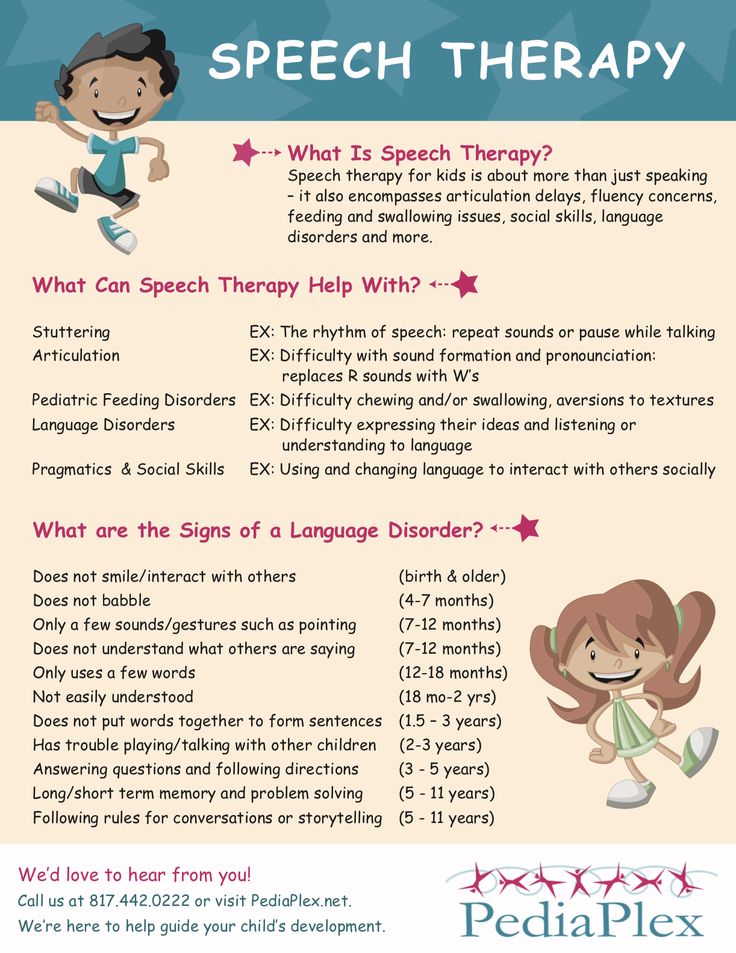
10 to 11 months
The baby can begin to pronounce words at this age. Don't worry if this doesn't happen, because all babies are different and your baby can say his first word at 11 or 12 months. This is also normal. Your child already understands a lot and it's time to introduce the word "not", but only in relation to what is really NOT. nine0009 Now your baby willingly comes into contact with you. He pretends to be hiding, playing peek-a-boo, pretending to be afraid of the "horned goat". He knows how to open boxes, roll cars, collects a small pyramid. You still label your actions and your child's actions with words. It is necessary that the baby gradually learns: each item is somehow called. Try the same game, you scatter several different toys, and offer your child to collect them in a box.
It's time to start playing White Sided Magpie and other finger games - it develops fine motor skills very well and stimulates the development of speech. : nine0009 White-sided magpie,
Cooked porridge,
She fed the kids.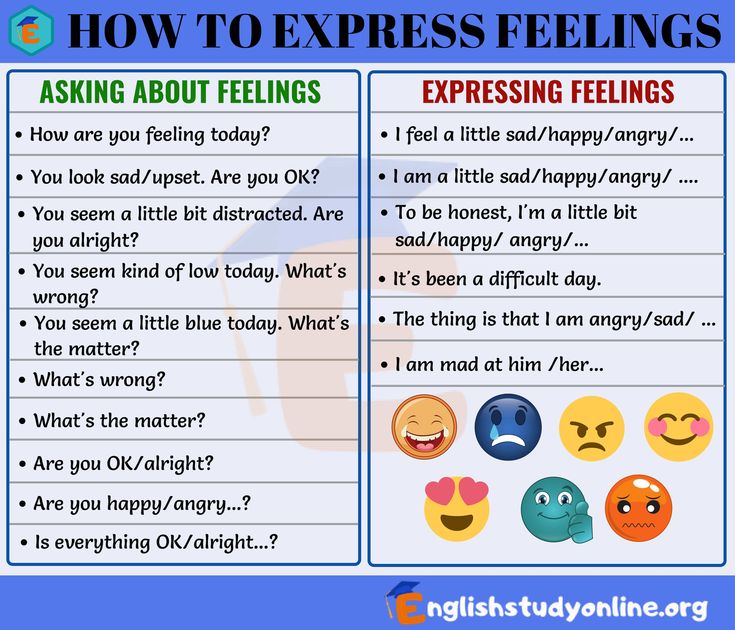
Gave it to,
Gave it to,
Gave it to,
Gave it to,
But she didn't give it!
He didn't saw wood,
Didn't carry water,
Didn't cook porridge.
When reciting a rhyme, we bend in turn all the fingers of the baby, starting with the little finger, except for the big one.
The time has come for drawing with pencils. Give your child a pencil, a sheet of paper, and let them draw scribbles for their own pleasure. Instead of pencils, wax crayons can be used. nine0003
11 to 12 months
Your baby continues to get acquainted with the outside world. All adults in the house should use every opportunity to talk with the baby, to teach him something.
Play "magic bag" with your child. To do this, collect a few animal toys in a small bag (you can use a small pillowcase). Show the dog's head from the bag and ask the child who it is. After hearing the answer, ask how the dog barks, what he eats, where he lives, how he walks, etc.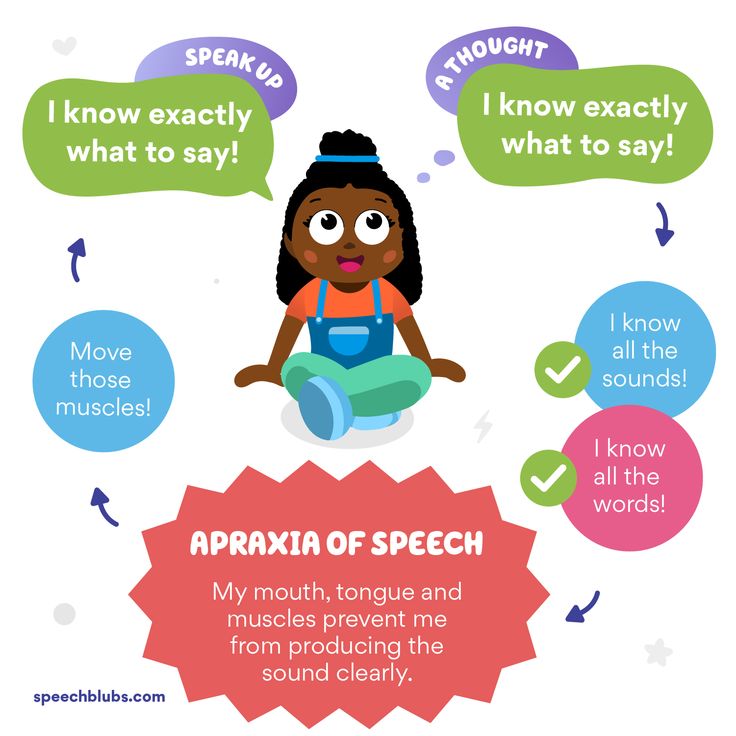 If the child does not know this, then answer yourself, and let him listen. nine0009 Start playing story games: we put the doll in a crib, we drive the car into the garage, we feed the bear with porridge. Constantly show and explain to the child your actions, but do it not in a strict tone, but very kindly. Sit on the sofa with the baby, take a book and look at the pictures together, naming them, while letting him turn the pages himself.
If the child does not know this, then answer yourself, and let him listen. nine0009 Start playing story games: we put the doll in a crib, we drive the car into the garage, we feed the bear with porridge. Constantly show and explain to the child your actions, but do it not in a strict tone, but very kindly. Sit on the sofa with the baby, take a book and look at the pictures together, naming them, while letting him turn the pages himself.
Do not forget about music, right now its perception is laid. Quiet, melodic music is useful for a child's nervous system, but always be guided by the preferences of your baby. nine0003
Communicate more with your child, name everything you see around you, the actions of people and actions with objects during a walk. If the baby goes to kindergarten or spends the weekend away from home, discuss how his day went, your day, what plans you have for tomorrow. In addition, you can use special exercises and games.
For children under 2 years:
• "Repeat after me". Start doing actions with some toy, for example, with a bear. Say actions: “Look, I feed the bear. Like this. Now you feed the bear… What are you doing?” - “I feed the bear”, etc. nine0009 • "Play the pipe." Buy a pipe (or whistle) for your baby, let him learn how to blow into it, this will help develop exhalation strength. Soap bubbles can be used to form a long exhalation.
Start doing actions with some toy, for example, with a bear. Say actions: “Look, I feed the bear. Like this. Now you feed the bear… What are you doing?” - “I feed the bear”, etc. nine0009 • "Play the pipe." Buy a pipe (or whistle) for your baby, let him learn how to blow into it, this will help develop exhalation strength. Soap bubbles can be used to form a long exhalation.
For children under 3 years:
• "Choose from two". Pick up pictures depicting objects whose names differed in one sound, for example, “mouse-bear”, “house-smoke”, “nose-knife”, ask the child to show where one object is and where the other is. nine0009 • Joint retelling of familiar fairy tales with a repetitive plot: "Turnip", "Teremok", "Zayushkina's hut", etc.
lower jaw.
The main stages in the development of a child's speech.
First stage - cry
After birth, the baby sometimes feels some kind of discomfort - and screams (still at the level of an unconditioned reflex).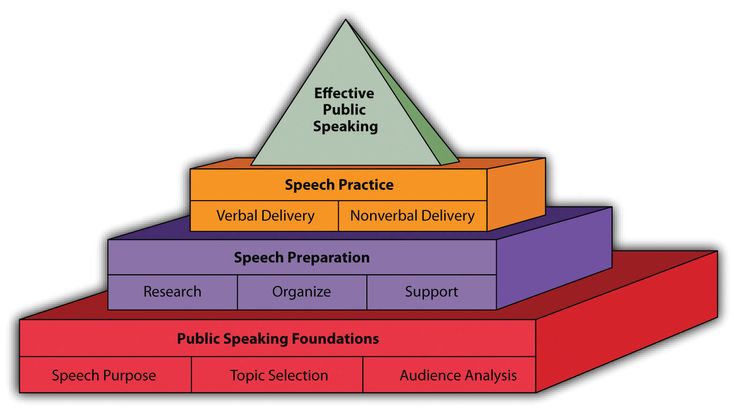 When the needs of the baby are satisfied, a certain stereotype of behavior is formed in the child, and the cry becomes a signal of discomfort (wet, hungry or sleepy, sad, lonely). Gradually, with the help of a cry, the baby learns not only to attract attention to himself, but also to communicate. Remember, when your baby calls you, he first screams, and then waits for an answer: will mom come or won't she? Then he screams louder and waits again. Thus, the child gives his "interlocutor" the opportunity to join in his first dialogue. By about the third month, the intonation of cries also changes. An attentive mother can distinguish a lot of different cries of her child - it can be grumbling, whining, discontent, a sharp screech of pain, angry "exclamations". nine0003
When the needs of the baby are satisfied, a certain stereotype of behavior is formed in the child, and the cry becomes a signal of discomfort (wet, hungry or sleepy, sad, lonely). Gradually, with the help of a cry, the baby learns not only to attract attention to himself, but also to communicate. Remember, when your baby calls you, he first screams, and then waits for an answer: will mom come or won't she? Then he screams louder and waits again. Thus, the child gives his "interlocutor" the opportunity to join in his first dialogue. By about the third month, the intonation of cries also changes. An attentive mother can distinguish a lot of different cries of her child - it can be grumbling, whining, discontent, a sharp screech of pain, angry "exclamations". nine0003
Second stage - cooing
Usually these are various variations of sounds: a-a-gu, gee-s, ge-e, a-gee, etc. It is curious that babies of different nations walk the same way. In cooing, as in screaming, the moment of interaction is also important.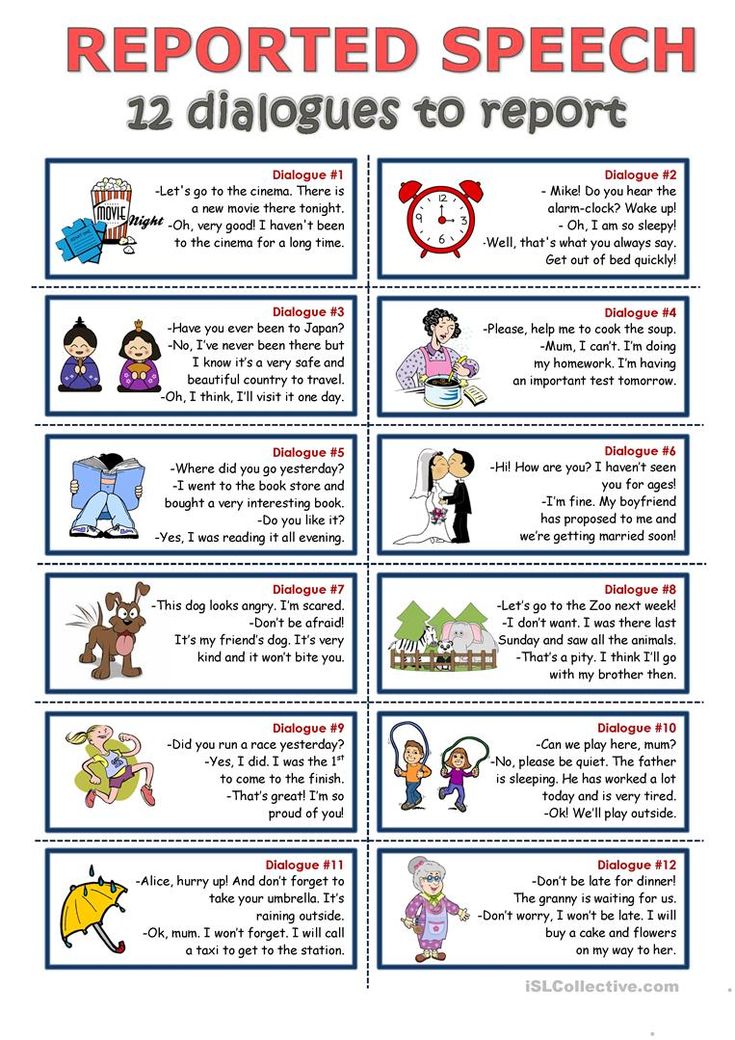 The kid can walk and be left alone in the room, but with your appearance, the walk becomes more active. If you look closely at the child, you will see that he does not just make sounds. The kid at this time looks into your eyes, waits for your answer, he is already trying to build a full-fledged speech dialogue. And this dialogue must be supported! After all, while cooing, a child learns to coordinate both voice and gaze, which will later become the basis of any social contact. Answer the baby in his language, support and encourage his first "performances" in every possible way. Gradually, the child begins to pronounce long chains of sounds, as if imitating himself. And he will try to imitate you too. A baby at this age is trying to feel sounds and words for the first time. So far, it is not so much the meaning of words that is important for him, but different intonations, the rhythm of speech, the articulation of various sounds. nine0003
The kid can walk and be left alone in the room, but with your appearance, the walk becomes more active. If you look closely at the child, you will see that he does not just make sounds. The kid at this time looks into your eyes, waits for your answer, he is already trying to build a full-fledged speech dialogue. And this dialogue must be supported! After all, while cooing, a child learns to coordinate both voice and gaze, which will later become the basis of any social contact. Answer the baby in his language, support and encourage his first "performances" in every possible way. Gradually, the child begins to pronounce long chains of sounds, as if imitating himself. And he will try to imitate you too. A baby at this age is trying to feel sounds and words for the first time. So far, it is not so much the meaning of words that is important for him, but different intonations, the rhythm of speech, the articulation of various sounds. nine0003
Third stage - babbling
As the child develops, the cooing subsides, and babble comes to replace it.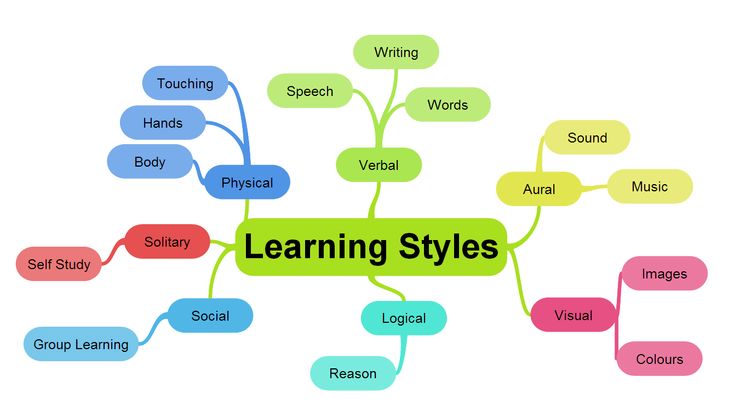 This usually happens at the age of 6-7 months. Your baby begins to pronounce the individual syllables "ba", "ma", "ta", etc. - at first once, very rarely and as if by accident. Gradually, syllables are heard more and more often in his speech, they are repeated in the form of chains: ba-ba-ba-ba, ma-ma-ma-ma.
This usually happens at the age of 6-7 months. Your baby begins to pronounce the individual syllables "ba", "ma", "ta", etc. - at first once, very rarely and as if by accident. Gradually, syllables are heard more and more often in his speech, they are repeated in the form of chains: ba-ba-ba-ba, ma-ma-ma-ma.
Cooing and babbling are very important for the further development of speech. If your baby does not have them, try to activate them. nine0006
Holding the child in your arms so that he can clearly see the movement of your lips, repeat various syllables, sing rhythmic songs, read simple rhymes, and most importantly, talk to the baby as much as possible. He needs to hear adult speech. However, these should not be just conversations that adults have with each other, but a speech addressed specifically to him, to the child.
Stage four - first words
At this stage (usually it starts at 11-12 months) it is very important to help the child in his word creation. Right now, the baby begins to associate words with environmental objects, words are filled with meaning for him. Now you can expand your repertoire of reading aloud. Try to call things by their proper names (not "Let's put this thing over there", but "Let's put the doll in the crib"). Do not forget to comment on your actions when you are with your baby. nine0003
Right now, the baby begins to associate words with environmental objects, words are filled with meaning for him. Now you can expand your repertoire of reading aloud. Try to call things by their proper names (not "Let's put this thing over there", but "Let's put the doll in the crib"). Do not forget to comment on your actions when you are with your baby. nine0003
Speech therapists advise to train the muscles of the lips and cheeks. To do this, stock up on various whistles, harmonicas, a toy flute and teach your baby to blow into these instruments. It is also useful to blow soap bubbles (however, you will have to constantly monitor so that the child does not drink the soapy solution). Another fun way to exercise your lip and cheek muscles is to make faces with your baby. Do not hesitate to make funny faces, expressively portray a variety of emotions (surprise, fear, joy), stick out your tongue, lick your lips. nine0003
The first words will be onomatopoeic: bang, boom, woof-woof, beebika. Do not be afraid of these infantile, "lyal" (as my eldest daughter says) words. This is a very important moment in the development of speech. It is still difficult for a child to associate an abstract word (for example, dog, car, fell) with a specific object or action. If the word is at least somewhat similar to an object or action, such a connection is much easier to establish (for example, a dog says “av-av”, a car says “beep”, and a falling object makes “boom”). nine0003
Do not be afraid of these infantile, "lyal" (as my eldest daughter says) words. This is a very important moment in the development of speech. It is still difficult for a child to associate an abstract word (for example, dog, car, fell) with a specific object or action. If the word is at least somewhat similar to an object or action, such a connection is much easier to establish (for example, a dog says “av-av”, a car says “beep”, and a falling object makes “boom”). nine0003
When your baby tries to repeat some words after you, you can read poems “by roles” . For example, the famous poem about geese:
Adult: Geese, geese!
Child: Ha-ha-ha!
Adult: Do you want to eat?
Child: Yes, yes, yes!
Adult: Bread and butter?
Child: No, no, no.
Adult: What about you?
Child: Candy!
Adult: Well, fly as you like, just take care of your wings. They flew and flew (the child waves his arms), sat on his head. nine0003
When you read familiar poems or sing songs to your child, pause at the end of the line so that the child can complete the line.
Words and gestures
For young children, non-verbal communication is even more important because at some stage it is the only way for them to "talk" to you. It is very useful to reinforce words with certain gestures. First, the baby learns to reproduce the gesture, and then he repeats the word. At the same time, try to use the words “give”, “bring”, “take” more often, ask the child to fulfill simple requests. nine0003
Don't be shy about childish gestures, such as pointing fingers, but on the contrary, help your child learn them. Gestures can also carry emotional overtones. With gestures, the child can accompany your reading of poetry or singing. For example, like this:
I play the violin - tili-li, tili-li, (the kid holds an imaginary violin in his hands and “plays” on it),
Bunnies are dancing on the lawn - tili-li yes tili-li (“dancing”, twirling with raised arms).
And then on the drum - bam-bam-bam, bam-bam-bam (the child taps his palms on some surface),
In fear, the bunnies ran into the bushes! (hides face in hands).
Or like this:
A clumsy bear walks through the forest (the child sways with his legs wide apart),
He collects cones, sings songs (bends over an imaginary cone).
Suddenly a bump fell right on the bear's forehead (slaps his forehead).
The bear got angry, and with his foot - the top (the baby stamps his foot).
Or like this:
Zainka, dance, gray, dance. Dance like this, dance like this, dance like this (the child “dances”). nine0009 Zainka, stomp your foot, gray, stomp your foot, stomp your foot like this, stomp your foot like this, stomp your foot like this (stomps one or the other foot).
Zainka, clap your hands, little gray one, clap your hands, clap your hands like this, clap your hands like this, clap your hands like this (the baby claps his hands).
Hare, bow, gray, bow, bow like this, bow like that, bow like that (bows).
You can also beat "Toys" by Agnia Barto. The kid shows how the bull sways on a shaky board, how the girl Tanya cries bitterly, pities and strokes the poor bear with its paw torn off.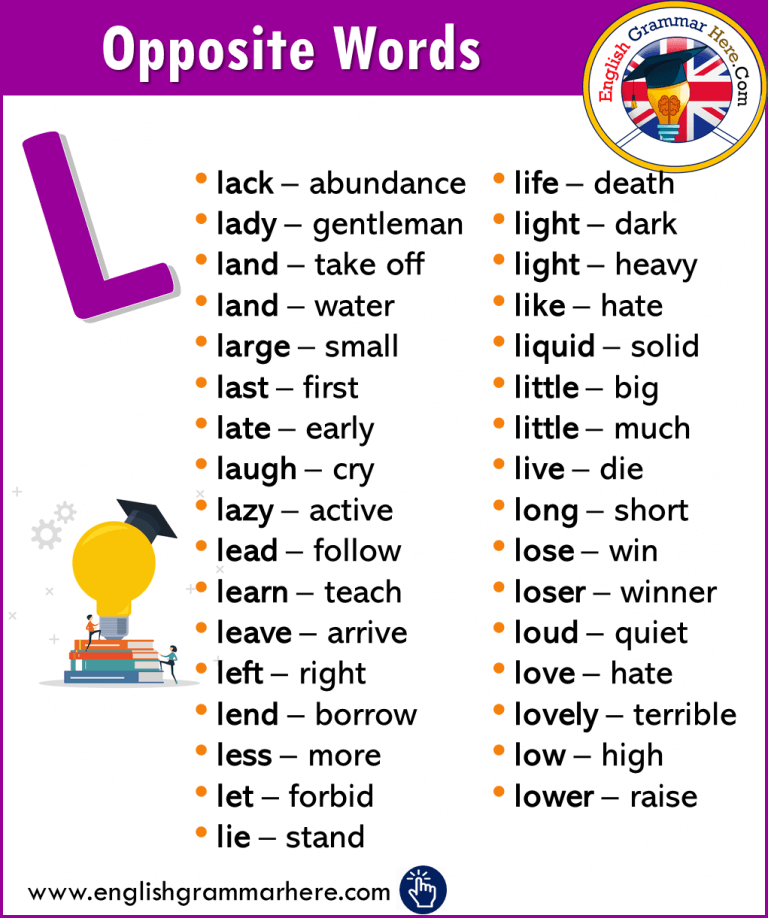 nine0003
nine0003
Needless to say once again that the famous finger games simultaneously train the child's "talking gestures" and fine motor skills, which are also very useful for the development of speech. These games will help your toddler build vocabulary and match words to very specific actions or objects.
It is important to note that when parents understand the child too well without words, there is simply no need for him to convey any message to them. Perhaps here sometimes you have to be a little tricky, pretending that you do not understand what the child wants from you until he tries to tell you about it. nine0003
If a child communicates with you using babbling, gestures, his first words are about to appear. Don't worry if this happens a little later than you think it should. Do not compare your baby with the girl next door, the son of a friend and the niece of your colleague! The development of each individual child may have its own individual characteristics. However, there are some important milestones in your baby's speech development that you should pay special attention to:
Cry , which is initially a reaction to discomfort (hunger).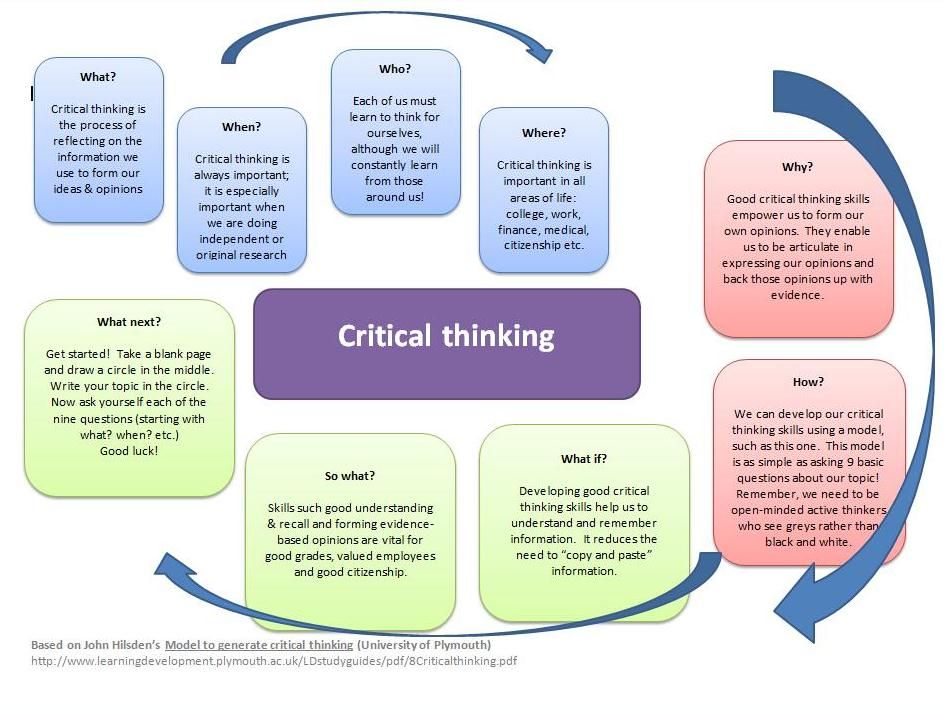 Too quiet and maximally comfortable child is not so good as it seems. nine0009 Revitalization complex (smile, animation) when an adult appears (appears at 1-3 months).
Too quiet and maximally comfortable child is not so good as it seems. nine0009 Revitalization complex (smile, animation) when an adult appears (appears at 1-3 months).
Cooing. How and when does your baby walk? Does he look into your eyes at the same time, does he “sing” his baby songs while in your arms, do you feel his need for communication?
Babble (appears at 6-10 months), the child clearly attracts attention with the help of some sounds.
Pointing gesture (appears at 8-13 months). This is a very important moment in the development of the child, preceding the appearance of the first words, because before naming an object, the baby needs to learn how to show it. nine0009 Emergence of basic social gestures eg goodbye (9-12 months).
Understanding and fulfilling simple requests , the appearance of elementary story games (feed the doll). The child usually passes this stage at the age of about one year.
Special techniques for developing speech and stimulating speech activity.
Talking to yourself.
When the baby is close to you, start talking out loud about what you see, hear, think, feel. You need to speak slowly (but without stretching the words) and clearly, in short, simple sentences - accessible to the perception of the baby. For example: “Where is the cup?”, “I see a cup”, “The cup is on the table”, “There is milk in the cup”, “Tanya drinks milk”, etc.
Parallel conversation.
This technique differs from the previous one in that you describe all the actions of the child: what he sees, hears, feels, touches. By using Parallel Talk, you are prompting your child for words that express his experience, words that he will later begin to use on his own.
Provocation or artificial misunderstanding of the child.
This technique helps the child to master situational speech and consists in the fact that the adult is in no hurry to show his understanding and temporarily becomes "deaf", "stupid". For example, if the baby points to a shelf with toys, looks at you pleadingly and you understand well what he needs at the moment, try giving him the wrong toy. Of course, the first reaction of the child will be indignation at your dullness, but this will also be the first motive that stimulates the baby to name the object he needs. If there is a difficulty, tell the baby: “I don’t understand what you want: a pussy, a car doll?” In such situations, the child willingly activates his speech capabilities, feeling much smarter than an adult. This technique is effective not only for naming objects, but also for verbally denoting actions performed with them. nine0003
For example, if the baby points to a shelf with toys, looks at you pleadingly and you understand well what he needs at the moment, try giving him the wrong toy. Of course, the first reaction of the child will be indignation at your dullness, but this will also be the first motive that stimulates the baby to name the object he needs. If there is a difficulty, tell the baby: “I don’t understand what you want: a pussy, a car doll?” In such situations, the child willingly activates his speech capabilities, feeling much smarter than an adult. This technique is effective not only for naming objects, but also for verbally denoting actions performed with them. nine0003
Distribution.
Continue and complete everything the baby says, but do not force him to repeat - it is enough that he hears you. For example:
Child: Soup.
Adult: "Vegetable soup is delicious", "The soup is eaten with a spoon"
By answering the child with common sentences using more complex language forms and rich vocabulary, you gradually lead him to complete his thought, and, accordingly, prepare the ground for mastering contextual speech.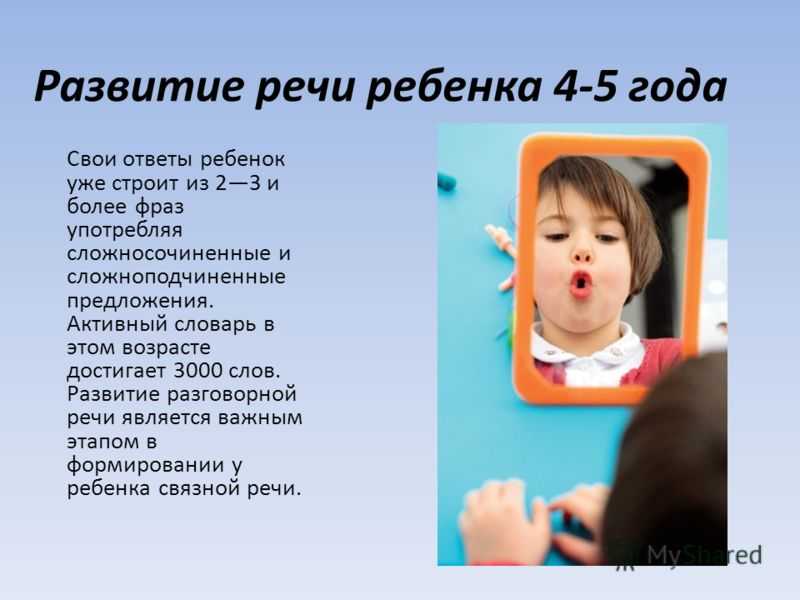 nine0003
nine0003
Sentences.
The use of game songs, nursery rhymes, sentences in joint activities with kids gives them great joy. Accompanying the actions of the child with words contributes to the involuntary learning of his ability to listen to the sounds of speech, to catch its rhythm, individual sound combinations and gradually penetrate into their meaning. Having learned to distinguish the variability of amusing sound combinations, children, imitating adults, begin to play with words, sounds, phrases, capturing the specifics of the sound of their native speech, its expressiveness, imagery. Most of the works of oral folk art were created with the aim of developing the motor activity of the baby, which is closely connected with the formation of speech activity. The more small and complex finger movements a child performs, the more parts of the brain are included in the work, because it is directly connected with the hands, or rather, crosswise: with the right hand - the left hemisphere, and with the left - the right. It is important to satisfy the baby's need for emotional and tactile (touching, stroking) contact with adults. Most children are kinesthetic by nature: they love to be stroked, hugged, held hands. Oral folk art just contributes to the saturation of the need for affection, for physical contact. nine0003
It is important to satisfy the baby's need for emotional and tactile (touching, stroking) contact with adults. Most children are kinesthetic by nature: they love to be stroked, hugged, held hands. Oral folk art just contributes to the saturation of the need for affection, for physical contact. nine0003
Select.
Give your child a choice. The formation of responsibility begins from the moment when the baby is allowed to play an active role in what concerns him personally. The implementation of the possibility of choice gives the child a sense of self-importance and self-worth. By the age of two, the baby can make his own choice if this right is granted to him by adults: “Would you like to pour half a glass of milk or a whole glass?”, “Would you like a whole apple or half?”, “Do you want to play with a doll or a teddy bear?” nine0003
Games with natural materials.
A huge influence on the growth of a child’s speech and cognitive activity is exerted by the variety and availability of objects that he can explore from time to time: look at them, taste them, manipulate, experiment, make small discoveries about them and with them. In its instinctive striving for self-development, the child, already in the first year of life, irresistibly rushes to sand, water, clay, wood and paper. There is a lot of meaning in “fussing” with them: the child is busy with work, he gets acquainted with the material, studies its properties, functions, etc. The most beloved and best toys are those that the child created himself: fortresses from sticks; ditches dug with an old spoon or scoop; paper boats; dolls made of rags, paper or straw. nine0003
In its instinctive striving for self-development, the child, already in the first year of life, irresistibly rushes to sand, water, clay, wood and paper. There is a lot of meaning in “fussing” with them: the child is busy with work, he gets acquainted with the material, studies its properties, functions, etc. The most beloved and best toys are those that the child created himself: fortresses from sticks; ditches dug with an old spoon or scoop; paper boats; dolls made of rags, paper or straw. nine0003
Productive activities.
At an early stage of speech development, the child masters the most diverse languages that replace words - gesticulation, facial expressions, onomatopoeia, elementary images. The word is for the child only one of the ways of expressing thoughts, but far from being the easiest. For many of his thoughts and ideas, he does not find suitable words, and expresses them in his own way, in other, more accessible ways: through productive activities.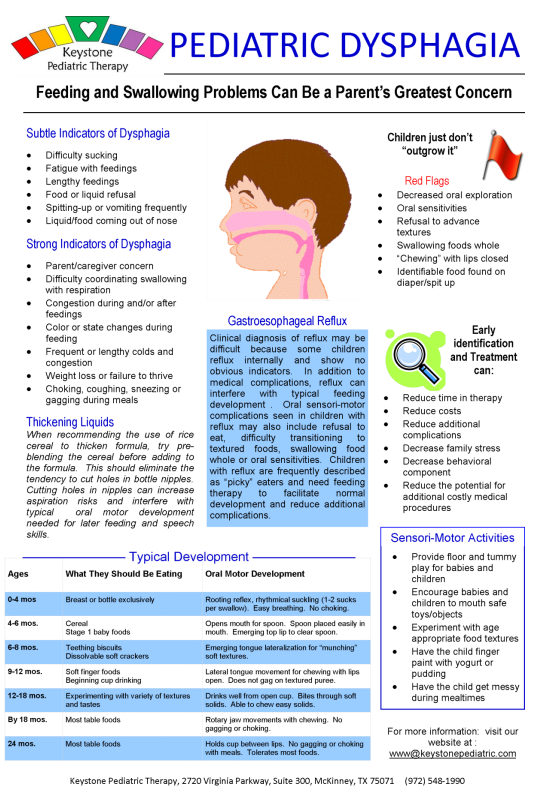 Drawing, modeling, application, design develop not only the child's linguistic abilities, but also sensory ones, which are of particular importance in the formation of mental activity. A person's thought becomes more definite and understandable if it is written down. A preschooler cannot and does not know how to write, and therefore he fixes his thoughts and ideas with the help of their sketches. So he fixes on paper all the ideas, feelings, thoughts, their combinations and intricacies that arose in his mind or soul during a certain period. An adult, writing down his thoughts, has the opportunity to repeatedly return to work with them: read, “polish”, supplement and formulate to a truly conceptual meaning. The child is incapable of such conscious work: he has drawn and abandoned, his thought, his imagination has already gone in another direction. Putting a thought into a word in such a way that it becomes clear to others is one of the most important tasks of speech, communicative and mental development, where each specific drawing of a baby has an enduring and unique meaning.
Drawing, modeling, application, design develop not only the child's linguistic abilities, but also sensory ones, which are of particular importance in the formation of mental activity. A person's thought becomes more definite and understandable if it is written down. A preschooler cannot and does not know how to write, and therefore he fixes his thoughts and ideas with the help of their sketches. So he fixes on paper all the ideas, feelings, thoughts, their combinations and intricacies that arose in his mind or soul during a certain period. An adult, writing down his thoughts, has the opportunity to repeatedly return to work with them: read, “polish”, supplement and formulate to a truly conceptual meaning. The child is incapable of such conscious work: he has drawn and abandoned, his thought, his imagination has already gone in another direction. Putting a thought into a word in such a way that it becomes clear to others is one of the most important tasks of speech, communicative and mental development, where each specific drawing of a baby has an enduring and unique meaning. Try to turn any child's drawing into an interesting story, and the story into a drawing that you need to repeatedly return to, "read" and supplement. When there are enough such stories and drawings, you can sew them into a book and “read” them to your friends and relatives. A child who understands what he is saying, who combines a distinct idea with the spoken word, reliably masters his native language. nine0003
Try to turn any child's drawing into an interesting story, and the story into a drawing that you need to repeatedly return to, "read" and supplement. When there are enough such stories and drawings, you can sew them into a book and “read” them to your friends and relatives. A child who understands what he is saying, who combines a distinct idea with the spoken word, reliably masters his native language. nine0003
Replacement.
"Imagine that ..." - these words are filled with a special attractive force for the child. At the age of two, the kid imagines with pleasure that the cube is a pie, and the shoe box is an oven. By the age of three, he is able to imagine himself as an airplane, a cat, a flower, etc. The words sound like a magic spell for a child: “Imagine that we are airplanes. Now we will fly around the whole room. Such an etude-game form develops the child's reflexive and empathic abilities, without which communication will not be full and developing.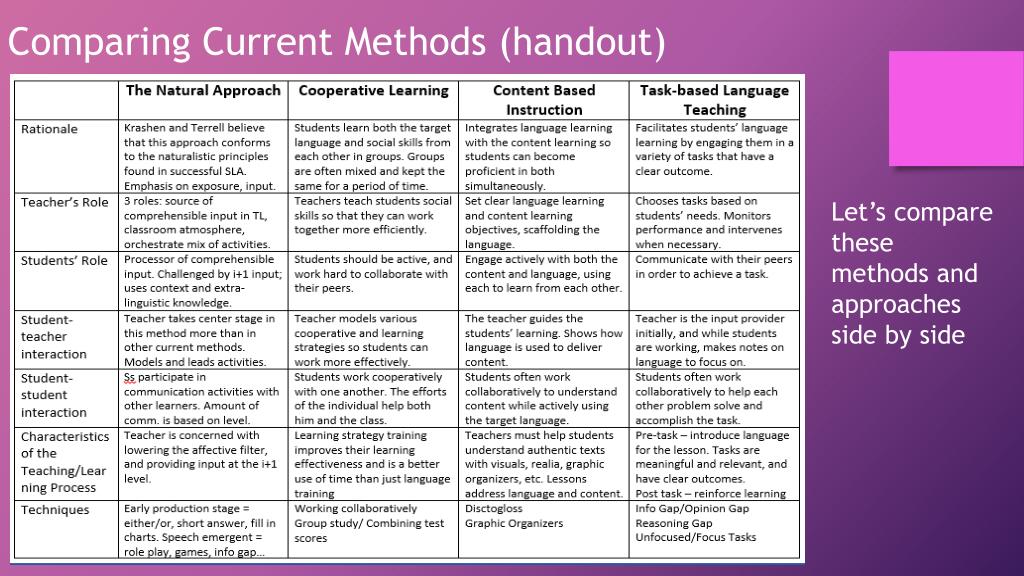 At this age, children also really like pantomime games, which activate the curiosity and observation of the baby. You can involve a child in such a game with the help of a sentence question: "Guess what I'm doing now." It is preferable to start with elementary actions: comb your hair, brush your teeth, eat an apple, pour milk, read a book. After the child has guessed, invite him to think of an action for you, and then “revive” the situation you set: set the table; walk on warm sand; run away like a fox carrying off a rooster; walk like a papa-bear and a son-bear, etc. Pantomime games and imitation games are the first step in a theatrical and plot-role-playing game. nine0003
At this age, children also really like pantomime games, which activate the curiosity and observation of the baby. You can involve a child in such a game with the help of a sentence question: "Guess what I'm doing now." It is preferable to start with elementary actions: comb your hair, brush your teeth, eat an apple, pour milk, read a book. After the child has guessed, invite him to think of an action for you, and then “revive” the situation you set: set the table; walk on warm sand; run away like a fox carrying off a rooster; walk like a papa-bear and a son-bear, etc. Pantomime games and imitation games are the first step in a theatrical and plot-role-playing game. nine0003
Role play.
This type of children's activity at a young age is only being formed, and it acquires the fullness of the development that leads to it somewhat later. But this does not mean at all that there is no need to organize elementary plot-role-playing actions during this period. With some ingenuity, adults may well organize role-playing games.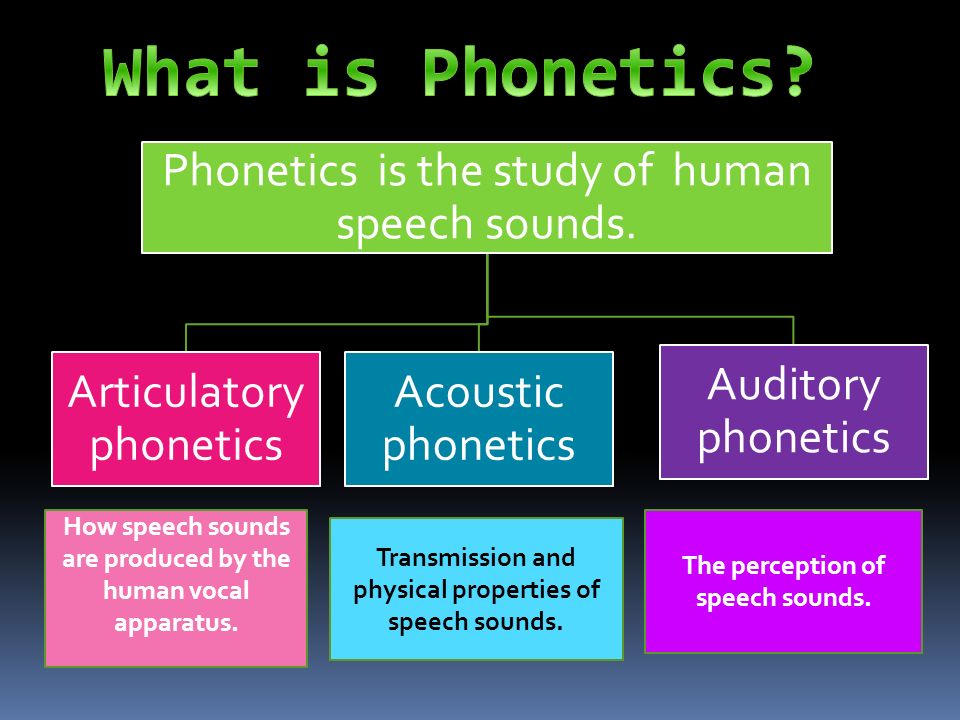 For example, playing on the phone, when a child, using a toy device, can call mom, dad, grandmother, fairy-tale characters. Playing on the phone stimulates the child's speech development, builds self-confidence, and increases communicative competence. Encourage children's tendency to imitate - this develops attention to detail, awareness of the direct and figurative meaning of words. nine0003
For example, playing on the phone, when a child, using a toy device, can call mom, dad, grandmother, fairy-tale characters. Playing on the phone stimulates the child's speech development, builds self-confidence, and increases communicative competence. Encourage children's tendency to imitate - this develops attention to detail, awareness of the direct and figurative meaning of words. nine0003
Music games. The importance of musical games in the speech development of a child can hardly be overestimated. Kids sing along with pleasure, adore noise musical instruments, ritual games such as "Loaf", "Over the bumps", "The woman sowed peas", etc. Encourage the child's desire to move to the music, sing along. It's okay that the child first pronounces only the endings or the last words of the song lines. Subsequently, he will begin to sing small songs in their entirety and, possibly, distort some of the words. This should not scare you - sing the song along with the "main performer", but, unlike him, sing it correctly.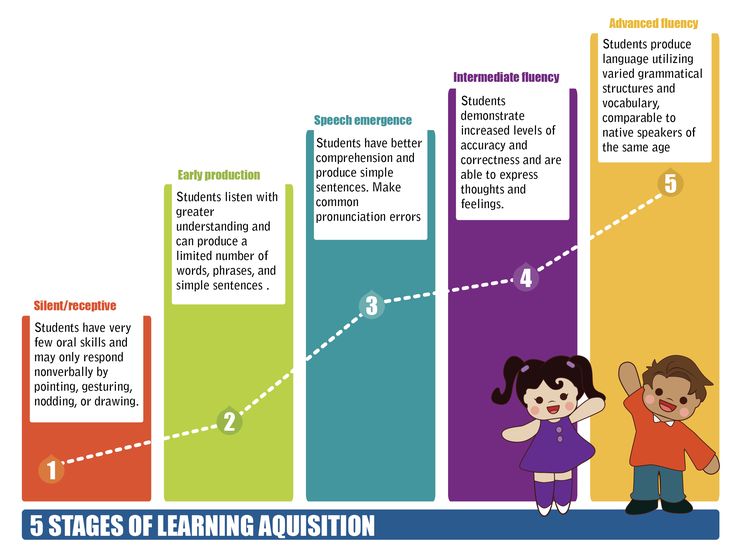 More often give the baby the opportunity to move to a variety of music, independently extract sounds from various objects, accompanying himself. A child dances and sings about what he sees around, hears, invents his own songs and melodies - this is how a creator is born! nine0003
More often give the baby the opportunity to move to a variety of music, independently extract sounds from various objects, accompanying himself. A child dances and sings about what he sees around, hears, invents his own songs and melodies - this is how a creator is born! nine0003
Source:
www.r-rech.ru
MedEncyclopedia - MedPortal.ru
Inessa Smyk, Daria Golubeva
57 exercises to start speech in babies
In the last article about delayed speech development in children 1-3 years old, we talked about the causes of this phenomenon, age norms, methods of work of teachers and recommendations for parents.
Today I will focus on specific exercises that help start speech and improve sound pronunciation without the participation of specialists. nine0006
At an early age, speech is characterized by a rather poor vocabulary, the use of light words, the absence or distortion of individual sounds.
The reason is the insufficiently developed speech apparatus due to age and weak speech exhalation.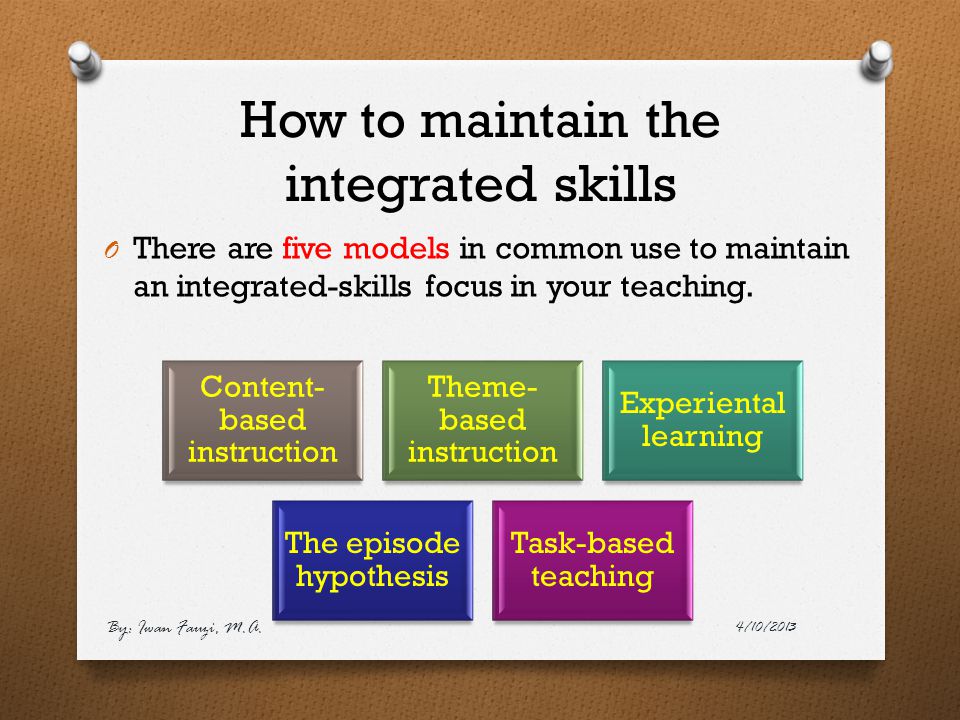
To solve most of these problems, there is a large arsenal of developmental exercises, games and techniques.
Breathing game exercises aimed at training speech exhalation
- Blowing on pieces of paper napkin, cotton wool, through a tube into the water - blowing bubbles
- Blowing out the candles - of course, under the strict supervision of adults
- We make manuals on strings - paper butterflies, clouds, snowflakes, and blow on them
- We launch boats with paper sails from plastic cups into a bowl of water and blow into the sails
- We show the "breeze" - we blow on each other
- We blow off feathers, ping-pong balls from the surface
- We blow through a tube into a bottle covered with a cap with foam balls.
Articulation exercises for the development and strengthening of the speech apparatus
- Games with different sounds: clatter like a horse, sniff like a hedgehog, smack - kiss
- Develop articulatory muscles:
-
- Blow bubble with cheeks, pop with palms
- Show tongue - tease / tongue looked out of the mouth and hid back
- Showing teeth - " who has teeth?!"
- "Lip milk" like a cat.
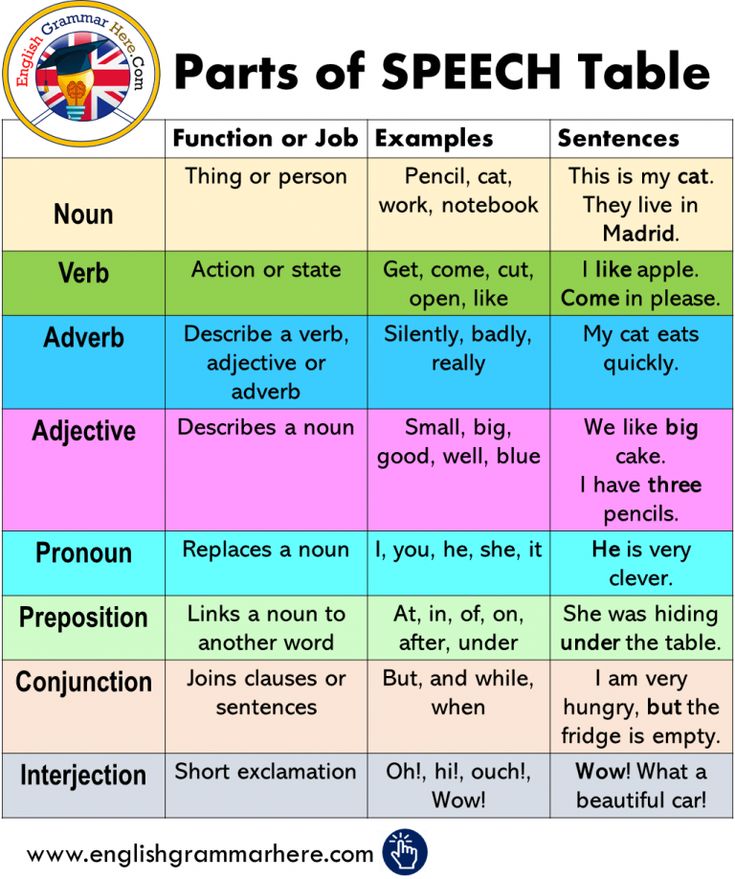
- Onomatopoeia with repetitions - useful to do at different tempos:
How does the car hum? Bi-bi-bi!
How does a cow moo? Moo-moo-moo!
How does the drum beat? Ta-ta-ta!
How does mother sing a song? La-la-la!
How does a hen eat grain? Key-key-key!
How does the pipe blow? Doo-doo-doo!
Musical games that stimulate the start of speech
When children sing sounds, syllables and words, it is easier for them to speak.
- Games with children's musical instruments, where the sounds are duplicated by the word:
Knock knock knock! (Claves, spoons, drum)
La-la-la! (Metalphone)
Ding-ding! (Bell)
How-drip-drip ! (Triangle)
Boom boom boom! (Tambourine)
2. Songs-onomatopoeia “Grandmother Natalya had 7 ducklings”, “Geese-geese”, “We have a horse Igogoshka”, “Kva-kva, so the frog says”.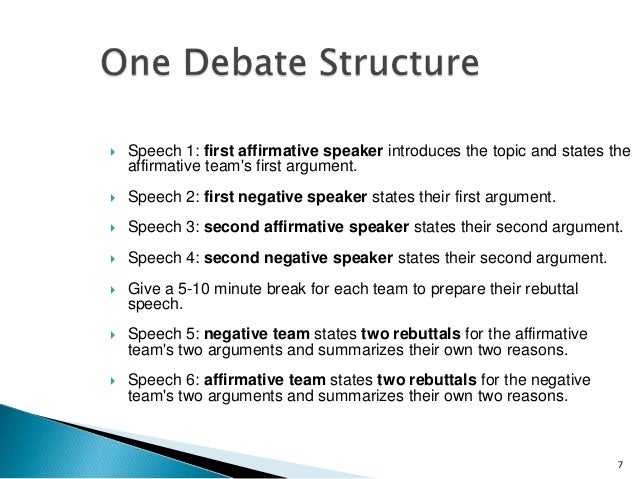
3. Song articulation warm-ups by E.Zheleznova “And we will say it together with mom”, “Come on, repeat it.” nine0356
4. Tapping simple words and names on a tambourine.
5. Games with sequential transmission around the circle of musical instruments "ON!" "GIVE!".
6. Dances with simple words duplicating movements:
Effective games with didactic material that increase passive vocabulary
- Hide and seek toys under a handkerchief
- GIVE! (According to the teacher's instructions, the child gives a toy of a given color, shape or size)
- SHOW! (The teacher introduces the new concept by showing it in the picture, then, following the teacher’s instructions, the children look for the demonstrated object on their handouts and show it with their finger or cover it with their palm)
- Sorting by color, shape or size (For example, we collect red balloons for Mishka, and yellow ones for Bunny).
- We are looking for hidden figurines (animals, toys, dishes, gossips of different colors) in the sensory basin - the child finds, the adult names.
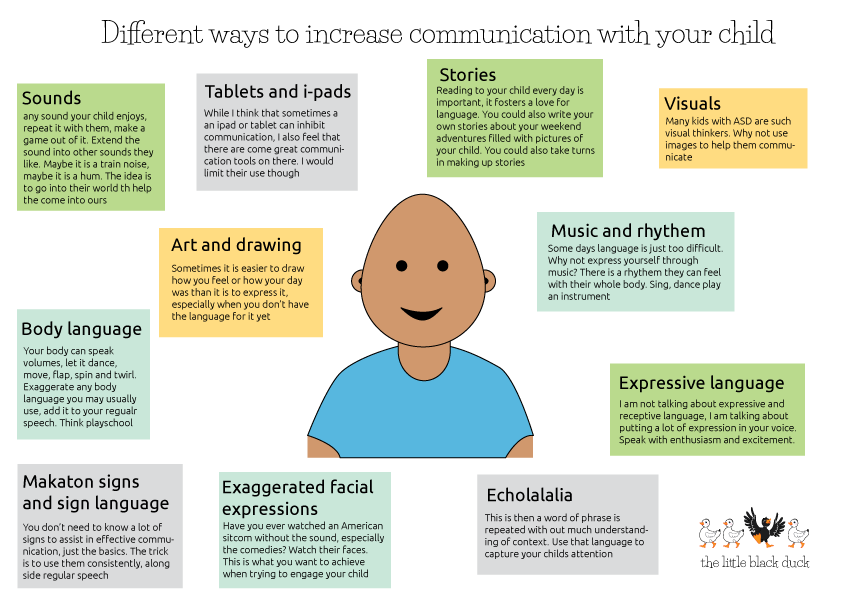
Finger massage and finger games
Many educators like to say: “Speech is at your fingertips!”
In the seventies of the XX century, the physiologist Marionella Maksimovna Koltsova conducted research in an orphanage. She proved that in the experimental group of children with whom exercises for the development of fine motor skills were carried out, speech development was significantly higher than in children with whom such classes were not carried out. nine0003
Yes, but only in part. Most modern neurologists and speech therapists tend to think that it was not the exercises themselves that were the determining factor in the development of speech, but the direct communication of the teacher with the children contributed to the development of speech in the children under study.
In addition, the speech centers, which are in close proximity to the motor centers in the brain, mature by 3-4 years. Therefore, it is not worth stimulating them, hoping only for the development of fine motor skills at an early age. nine0003
nine0003
However, it is useful and necessary to develop the muscles of the fingers with the help of soft massage (“Ladushki”, “Magpie-Crow”), as well as to train dexterity through the simplest movements.
As I mentioned in a previous article, children with speech disorders very often have impaired coordination of movements, muscle clamps, and motor awkwardness. Exercises to rhythmic verses or singing, relaxation and vice versa movements with fingers help prepare the child for motor planning, train muscle tone, help the child experience an emotional response in exercises. nine0003
Games for the development of auditory perception
Undeveloped auditory perception affects the development of speech. The child is not able to listen and hear attentively and with concentration and, accordingly, does not reproduce sounds well. If a child distinguishes non-speech sounds well, phonemic hearing (the ability to distinguish speech sounds) will develop automatically.
Games for the development of auditory perception:
Tasty games
- Licking sponges - jam, honey nine0324 We stick out the tongue - take a berry, candy, and put a berry / candy into the mouth on the tongue
- We lick the lollipop or cockerel on a stick - we reach for it with the tongue up, down, right, left
- We dip the tip of the tongue into sugar or decorative sweet sprinkling and try to convey on the tongue to the mouth, the inside of the cheeks, the palate
- Roll a cherry or a round dragee inside the mouth
- We pull the teeth of marmalade worms, with sponges we collect the worm in the mouth nine0324 Using the tongue to make different paths on a tray of powdered sugar
- We take out the previously stuck pieces of sweet sticks from an apple or orange.

"Conscious motor planning" training
Motor planning is the ability to imagine, organize and carry out a sequence of unfamiliar actions.
Most children with speech disorders have motor planning deficits.
The process of sound pronunciation requires complex motor planning from the child. The child must consciously control the movements of the articulatory apparatus until the pronunciation of certain sounds becomes a skill. nine0003
What is needed to develop motor planning skills?
For effective training of motor planning, it is necessary to include in each developmental lesson exercises with unusual motor actions that are not automated in children and are performed according to the teacher's instructions.
For example:
- Sorting, but not with fingers, as usual, but with tweezers, or spoons or other objects that help to grasp
- Using two hands at once. nine0325
- Using the NON-DOMINANT HAND to complete a task.

